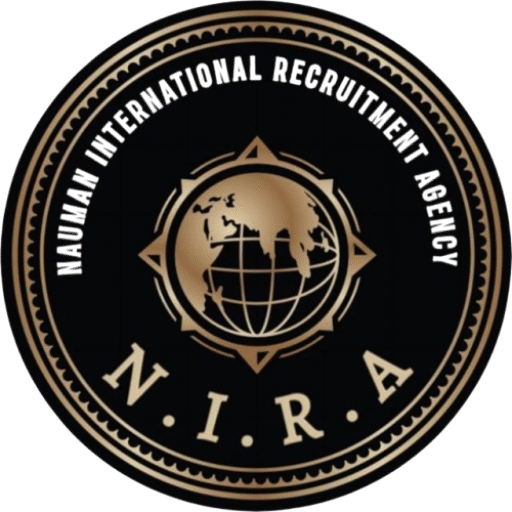22 Mar AI Translation vs Human Translation
In a world that’s becoming increasingly interconnected, language barriers continue to be a significant challenge. Translation services have become indispensable, with businesses, travelers, and individuals needing to communicate across languages on a daily basis. As technology advances, one question is emerging with increasing urgency: Can artificial intelligence (AI) replace human translators?
The rise of AI-powered translation tools like Google Translate, DeepL, and others has made translation faster, cheaper, and more accessible than ever before. But despite these advances, can AI truly match the accuracy, cultural understanding, and nuance that human translators provide?
The Rise of AI Translation Tools
Over the past few years, AI translation tools have made incredible strides. Using neural machine translation (NMT), these systems can process vast amounts of data to provide translations almost instantly. AI’s ability to learn from an enormous corpus of text allows it to deliver translations with remarkable speed and accuracy, particularly for common language pairs and simple texts.
Google Translate, for example, has become a go-to tool for travelers and businesses. It supports over 100 languages and is available 24/7 for anyone with internet access. Similarly, DeepL has emerged as one of the most accurate AI translation tools, often outperforming Google Translate in terms of fluency and precision.

The Strengths of AI Translation
- Speed and Efficiency
AI translation tools can process large amounts of text in seconds, making them incredibly efficient. Whether it’s translating product descriptions, customer emails, or entire documents, AI can handle it in record time. This speed is particularly valuable for businesses needing rapid translations to keep up with the demands of global markets. - Cost-Effectiveness
AI-powered translation tools are often free or inexpensive compared to hiring professional human translators. This affordability has democratized access to translation, allowing small businesses and individuals to overcome language barriers without the expense of traditional translation services. - Consistency
AI translations are consistent, especially when translating repetitive phrases, technical terms, or standardized content. This is a huge benefit for large-scale projects where uniformity is key, such as user manuals, technical specifications, or legal documents. - Availability
AI translation tools are always available, offering 24/7 access to translation services. Whether you need a quick translation while traveling or assistance during an international business call, AI tools are ready to assist.
The Limitations of AI Translation

- Context and Nuance
While AI tools are excellent for straightforward, literal translations, they often struggle with context. Language is filled with idioms, cultural references, and expressions that don’t have direct equivalents in other languages. For example, the phrase “kick the bucket” in English, which means to die, would be challenging for AI to translate accurately in all contexts. Human translators, on the other hand, can grasp the meaning behind such phrases and adapt them appropriately. - Creativity and Emotional Sensitivity
When it comes to translating creative content—such as literature, poetry, or marketing materials—AI falls short. Translating such content requires an understanding of tone, emotion, and cultural subtleties that AI simply cannot replicate. Human translators bring creativity to their work, adjusting translations to evoke the intended emotional response. - Quality Control Issues
While AI translation is generally fast and functional, it is not flawless. AI can produce awkward or inaccurate translations, especially when the text is complex, abstract, or specialized. Human translators ensure that the translated text flows naturally and is free from errors, something that AI may miss. - Specialized Fields
Legal, medical, and technical translations require a deep understanding of the subject matter. AI can make mistakes in these fields, which can lead to serious consequences. Human translators with expertise in specific industries can ensure accuracy and precision, something that AI cannot guarantee.
Why Human Translators Are Still Necessary
- Cultural Sensitivity
Language is closely tied to culture. A human translator understands the cultural nuances and social context that shape communication. They know how to adapt translations to respect local customs, beliefs, and language preferences. AI, despite its improvements, still lacks this cultural awareness. - Understanding Complex Contexts
Human translators are capable of interpreting the meaning behind a text, considering its context, tone, and purpose. For instance, in a business negotiation, a human translator can read between the lines, catch hidden meanings, and adapt their translation accordingly. AI lacks this level of comprehension. - Emotional Intelligence
Translating content that requires emotional intelligence, such as literary works, speeches, or advertising, is something that only humans can do effectively. AI might produce a grammatically correct translation, but it won’t capture the emotional resonance or subtlety needed in creative content. - Accountability and Ethics
Human translators are accountable for their work, and they can make ethical judgments about how to translate certain content. AI, on the other hand, operates without ethical considerations, which can lead to problematic translations, especially in sensitive topics like politics, law, or social issues.

The Future: AI and Human Translators Working Together
While AI has undoubtedly changed the landscape of translation, it’s unlikely to fully replace human translators in the foreseeable future. Instead, a more likely scenario is a symbiotic relationship where AI and humans work together.
For routine tasks such as translating simple emails, product descriptions, or user-generated content, AI will continue to be a valuable tool. However, for complex, creative, or specialized translation tasks, human expertise will remain essential. AI can assist human translators by speeding up the process, offering suggestions, or handling repetitive work, but it will still require human oversight to ensure quality.
In fact, many translation companies are already incorporating AI tools into their workflows, using them to aid human translators rather than replace them entirely. This hybrid approach allows businesses to save time and money while maintaining the accuracy and nuance of human translation.


No Comments